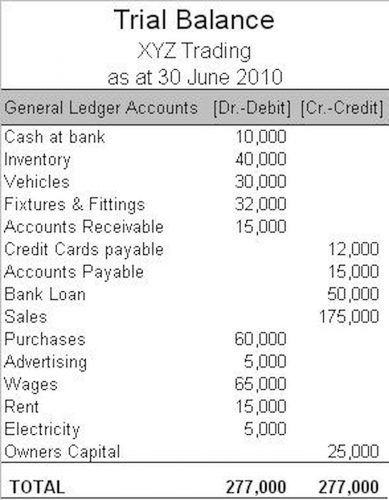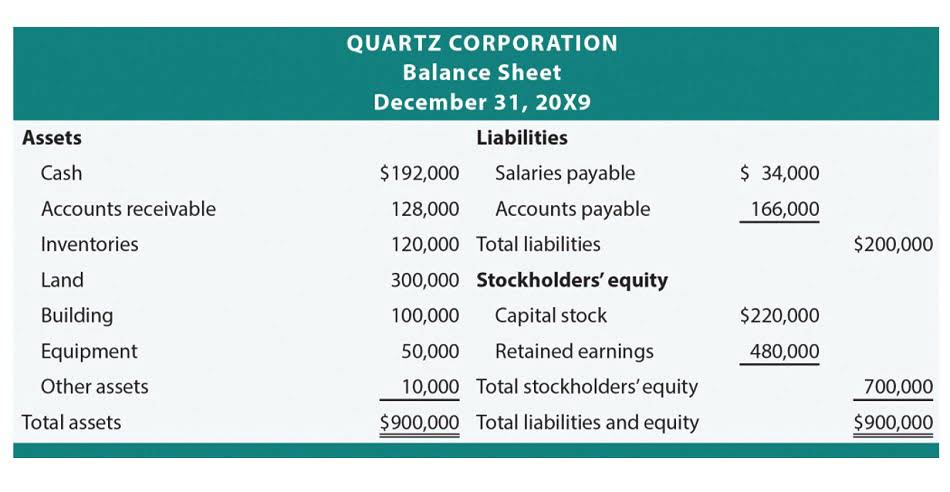
Cost of goods manufactured, or COGM, is the collective name for all costs incurred in creating a finished good that may be sold to consumers. The beginning work-in-progress (WIP) inventory is equivalent to the ending work-in-progress (WIP) balance. Because the closing carrying balance is used as the starting balance for the following period, it belongs normal balance to the previous accounting period. Companies can compute COGM to determine their production cost in relation to their revenue. With this information, they can modify their business plans and think of ways to increase revenues.
Ask Any Financial Question
The cost of manufactured items is added to the cost of goods sold and subtracted from the finished goods inventory account. Additionally, pinpointing every cost source is crucial to your profitability. By understanding, measuring, and logging COGM, you can keep an eye on the wellbeing of your business.
Direct Labor Costs Calculation

In today’s guide, we’ll learn everything about Cost of Goods Manufactured (COGM), its calculation, and related concepts. Let’s take a look at the table of content below before we dive into this guide. Yes, COGM provides detailed cost insights, making it easier to create accurate budgets and forecasts. Kladana doesn’t stop at calculating your COGM — it provides actionable insights from the data it gathers.
The Role of Direct Labor and Overheads in COGM

Cost of Goods Manufactured (COGM) and Cost of Goods Sold (COGS) are two closely related financial metrics in accounting that provide essential information about the cost of producing and selling a product. Calculate the Cost of Goods Manufactured (COGM) to total your manufacturing cost. The easiest way to see how manufacturing costs change over time is to break them down into their components and plot them on a graph.
- The formula to calculate cost of goods sold is beginning finished goods inventory balance + cost of goods sold minus ending finished goods inventory balance.
- This final figure represents the total cost of goods that were completed during the year and ready for sale.
- Another closely related KPI crucial in manufacturing accounting is the cost of goods sold or COGS.
- It also means that approximate calculations are replaced by real, data-based numbers, increasing the accuracy of financial statements.
- COGM is a helpful tool for getting a comprehensive grasp of your production costs.
- Understanding the difference between the Cost of Goods Sold (COGS) and the Cost of Goods Manufactured (COGM) is critical to managing your production and overall financial planning.
- Our writers create original, accurate, engaging content that is free of ethical concerns or conflicts.
Step 2: Choose a Period of Time for the Calculation
Robots don’t need breaks or complain about overtime, so they can save you big bucks. Plus, using software to track inventory means you won’t overbuy or run out of stuff you need. You are required to calculate the cost of goods manufactured and also per unit cost. Based on the above information, you are required to calculate the cost of goods manufactured. Mr. W has been working in the FEW manufacturing, and he has been asked to work on creating the cost sheet of the Product “FMG” and present the same in the next meeting. Therefore, the following details have been obtained from the production department.

Ending inventory
The sum of all manufacturing costs is known as the total cost of goods manufactured, or COGM. Now, let’s learn about a step-by-step guide that would help you to calculate the cost of goods manufactured (COGM). The following equation can be used to calculate the cost of goods manufactured (COGM) metric by combining the aforementioned data. Review production processes, reduce waste, negotiate better rates with suppliers, and leverage automation tools like ERP software.
Example of Costs of Goods Manufactured Calculation
To total your manufacturing cost, you need to calculate the COGM by adding up the prices of raw materials, direct labor, and manufacturing overhead incurred during production. The Cost of Goods Manufactured (COGM) Calculator is an essential tool for manufacturing businesses seeking to understand their production costs. By accurately calculating COGM, companies can gain valuable insights into their manufacturing processes, improve cost management, and make informed decisions about pricing and profitability. Whether you’re a financial analyst, accountant, or business owner, this calculator helps you streamline the process and ensures accurate financial reporting. Cost of Goods Manufactured (COGM) is a cost of goods manufactured crucial metric in manufacturing that represents the total production cost of goods completed during a specific period. Understanding COGM is essential for businesses to assess production efficiency, manage costs, and determine profitability.

Keeping track of these costs can help you manage your business better and ensure you are on the right path to success. Cost of Goods Manufactured (COGM) and Cost of Goods Sold (COGS) sound similar, but they’re not the same thing. COGM is Law Firm Accounts Receivable Management all about the total cost to make the goods during a certain time. On the other hand, COGS only counts the cost of the goods that were actually sold.